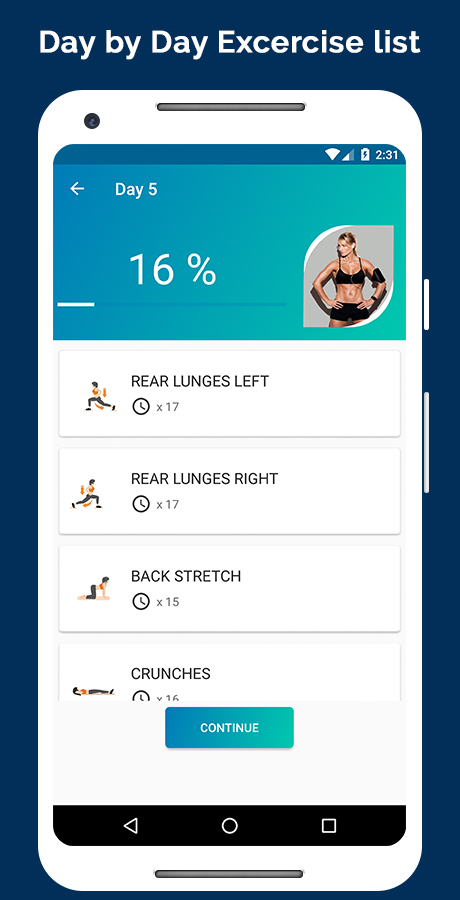
GPS, state saving, acceleration and magnetic spectrum New experiment: Acoustic stopwatch, disable unavailable experimentsĮxperiments: Inelastic collision and timers, many improvements to existing experiments New experiments: Centrifugal acceleration and inclination Below you will first find an overview table, followed by detailed information on each version.
ANDROID TONEGENERATOR MISSES ANDROID
Your Android phone’s manufacturer will be able to provide you with more information about when-and whether-your device might get the update.This page lists all published phyphox versions with details and changelogs. Many people will have to buy a new Android phone to get it. (As usual, however, not every Android device will get Android 13.

Enjoy Android 13 when your device gets it! Updates that revolve around privacy and smaller “Quality of Life” improvements aren’t flashy, but they’re arguably even more important. RELATED: Stop Closing Apps on Your Android PhoneĪndroid 13 has a lot to offer-just not on the surface. From here, you can stop the app if you’d like. Pull down the Quick Settings panel, and you’ll see an indicator at the bottom. Fitness trackers are a good example of this.Īndroid 13 makes it easy to see how many of these “Active” apps are running. However, some apps have special needs that allow them to be “Active” in the background at all times. The vast majority of Android apps do not need to be closed. RELATED: What Is the Privacy Dashboard on Android? See Which Apps Are Active This is important for catching apps that might not be used as often. Originally, it only gave you a look back at the last 24 hours, but Android 13 bumps that up to seven days. Seven-Day Privacy Dashboard ViewĪndroid 12 introduced the “ Privacy Dashboard“-a one-stop spot for checking up on which apps are using which permissions. The vibration settings in Android 13 include strength sliders so you can adjust it for calls, notifications, alarms, touch feedback, and media. Now it’s possible to do the same thing for vibration strength in Android 13. Control the Vibration StrengthĪdjusting the volume for alarms, notifications, and media is a simple thing to do. This makes it much easier to never see notifications from apps you don’t care about as much. When you open an app for the first time, it will ask if you want to grant permission to send notifications. Android 13 completely flips this approach.įrom now on, notifications from apps are opt-in.

You have to go out of your way to turn them off.
ANDROID TONEGENERATOR MISSES HOW TO
RELATED: How to See When Apps Access Your Clipboard on Android Notifications are Now Opt-In Googleįor as long as Android has existed, apps have been able to send notifications as soon as you install them. If you have some sensitive data in the clipboard, it won’t stay there forever. Recently, Android gained the ability to at least show you when an app accesses the clipboard.Īndroid 13 further improves clipboard privacy by automatically clearing it after an undisclosed period of time. Automatic Clipboard ClearingĬlipboard access is another thing that has been pretty wide open on Android (and iPhone) for a long time. Thankfully, that has been fixed. Android 13 allows you to select only the specific photos and videos the app can access. If an app needed it, it could access all your files. Before Android 13, that was an “all or nothing” permission. There are tons of apps that require permission to access your media files. However, one of the most common actions people might want was left out. Quick Tap was introduced in Android 12 as a way to trigger actions by tapping the back of your phone. You can adjust it from the app’s information page in the system settings. Maybe you want most of your apps to be in your primary language, but there are a couple of apps you’d prefer to use in your secondary language. Android 13 expands this functionality by allowing you to change the language for individual apps.

It’s been possible to change the language on your device for a long time. RELATED: How to Change the Theme Color on Android Assign Specific Languages to Apps Google Now you can get your home screen to look perfect. However, it’s still much more useful than it was. It still doesn’t apply to all icons automatically-developers need to enable to feature on their end. That included Google-made app icons on the home screen, but Android 13 brings it to all icons.

Android 12 introduced a brand-new theming system called “ Material You.” It grabs colors from your wallpaper and applies them throughout the phone.


 0 kommentar(er)
0 kommentar(er)
